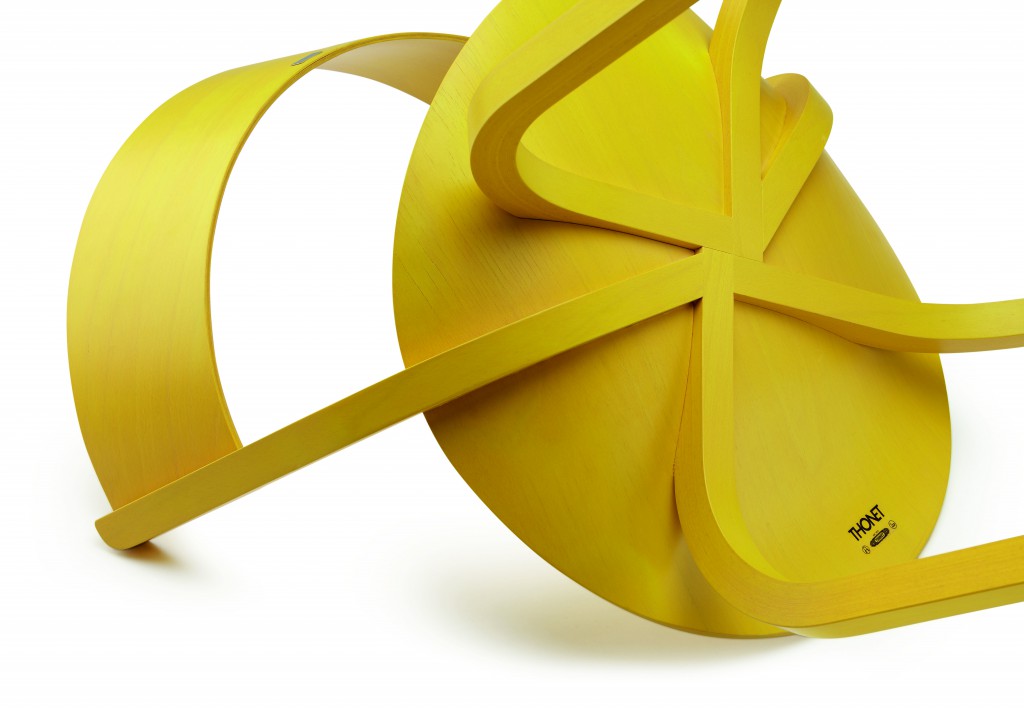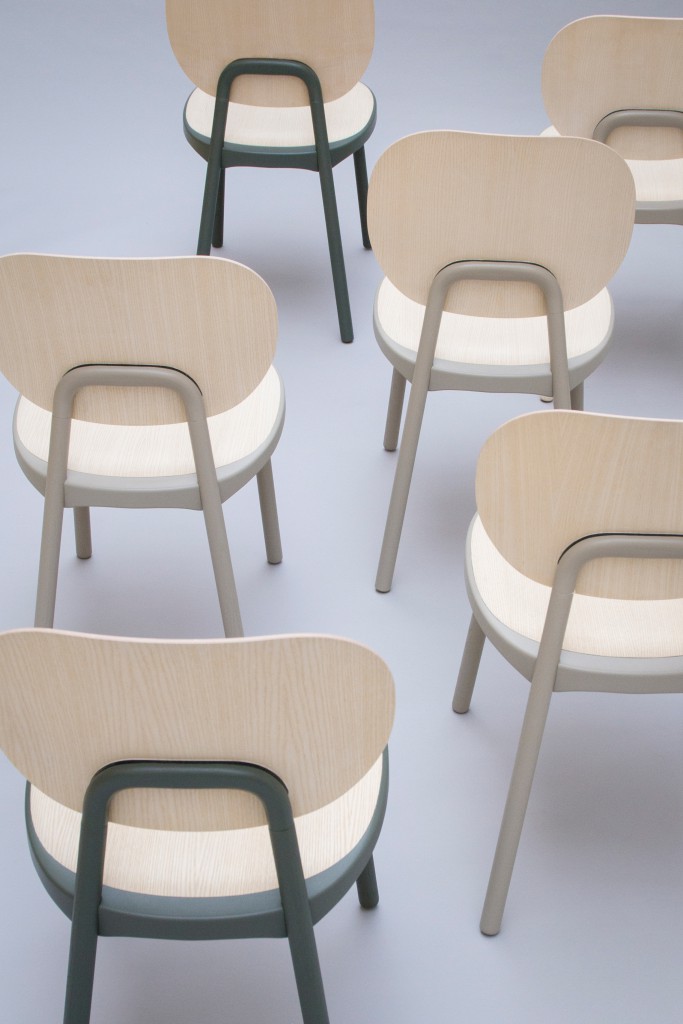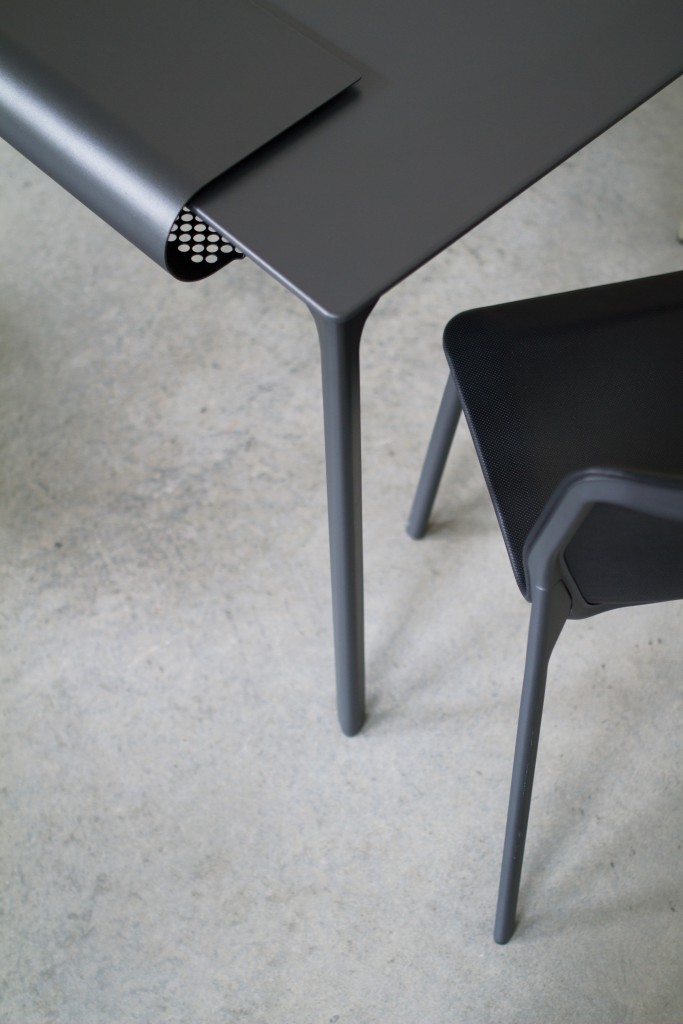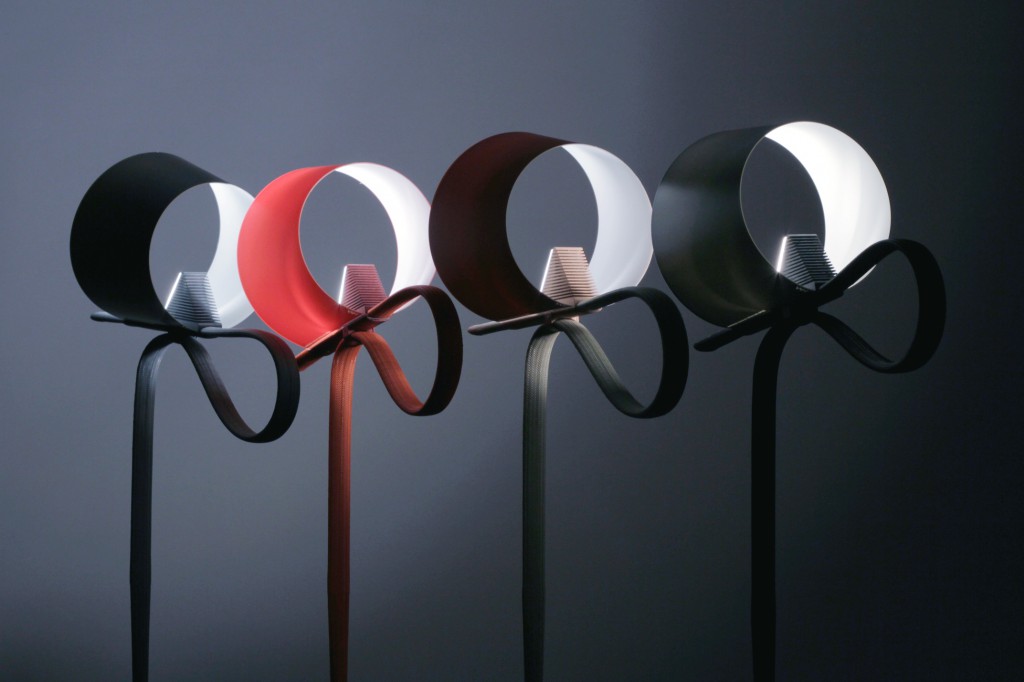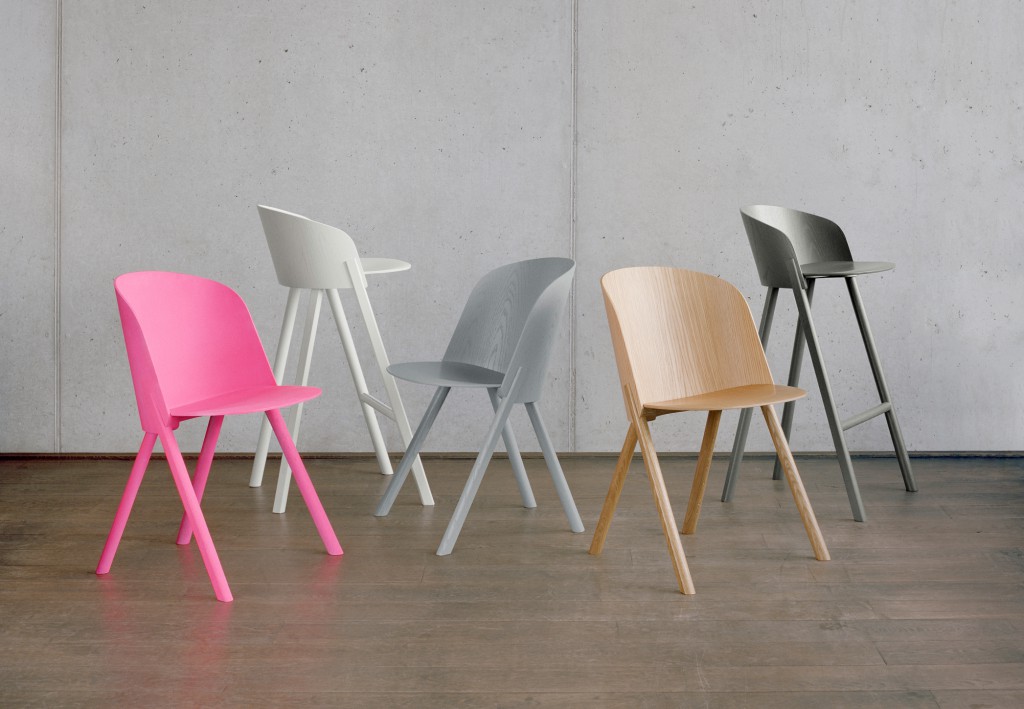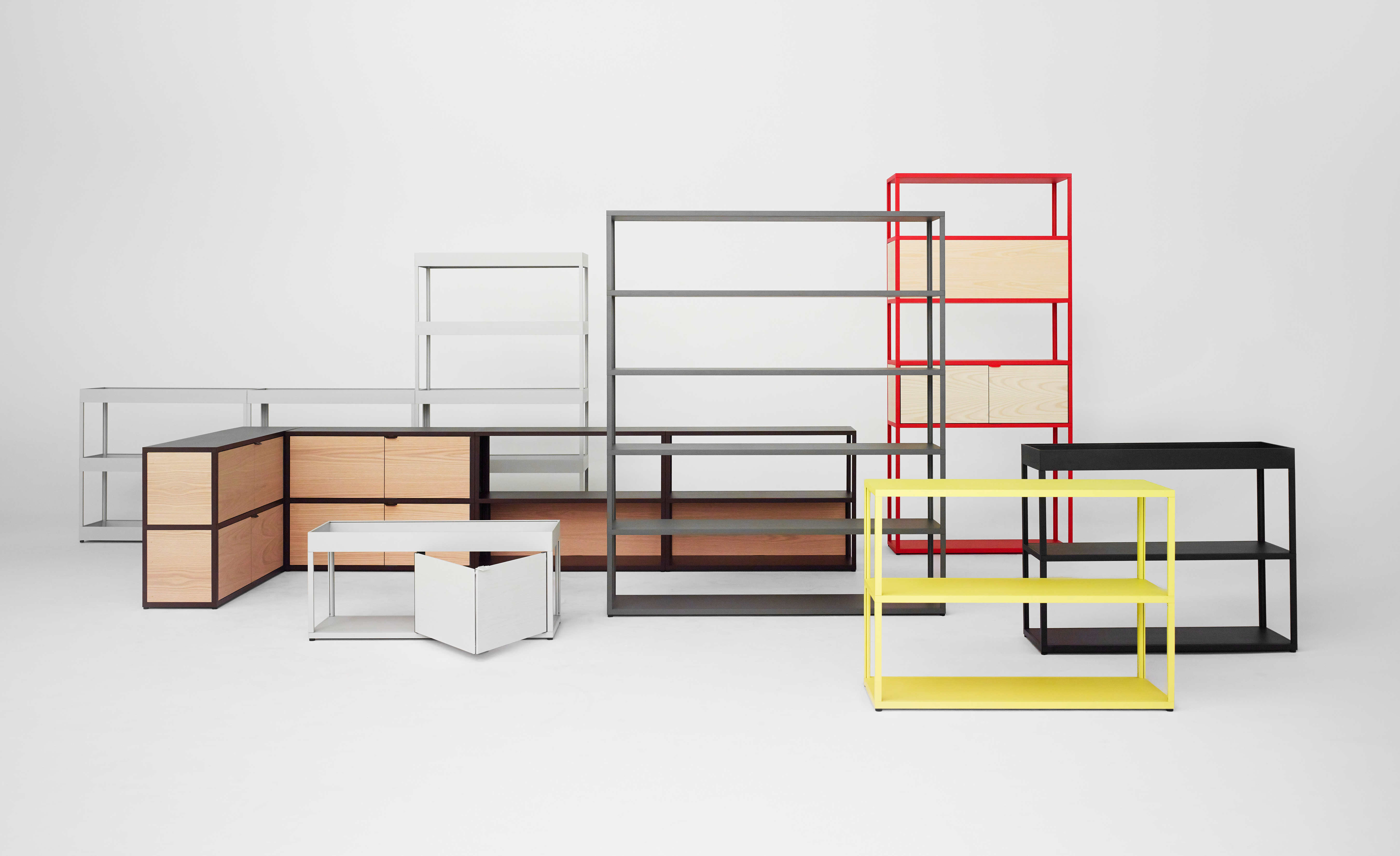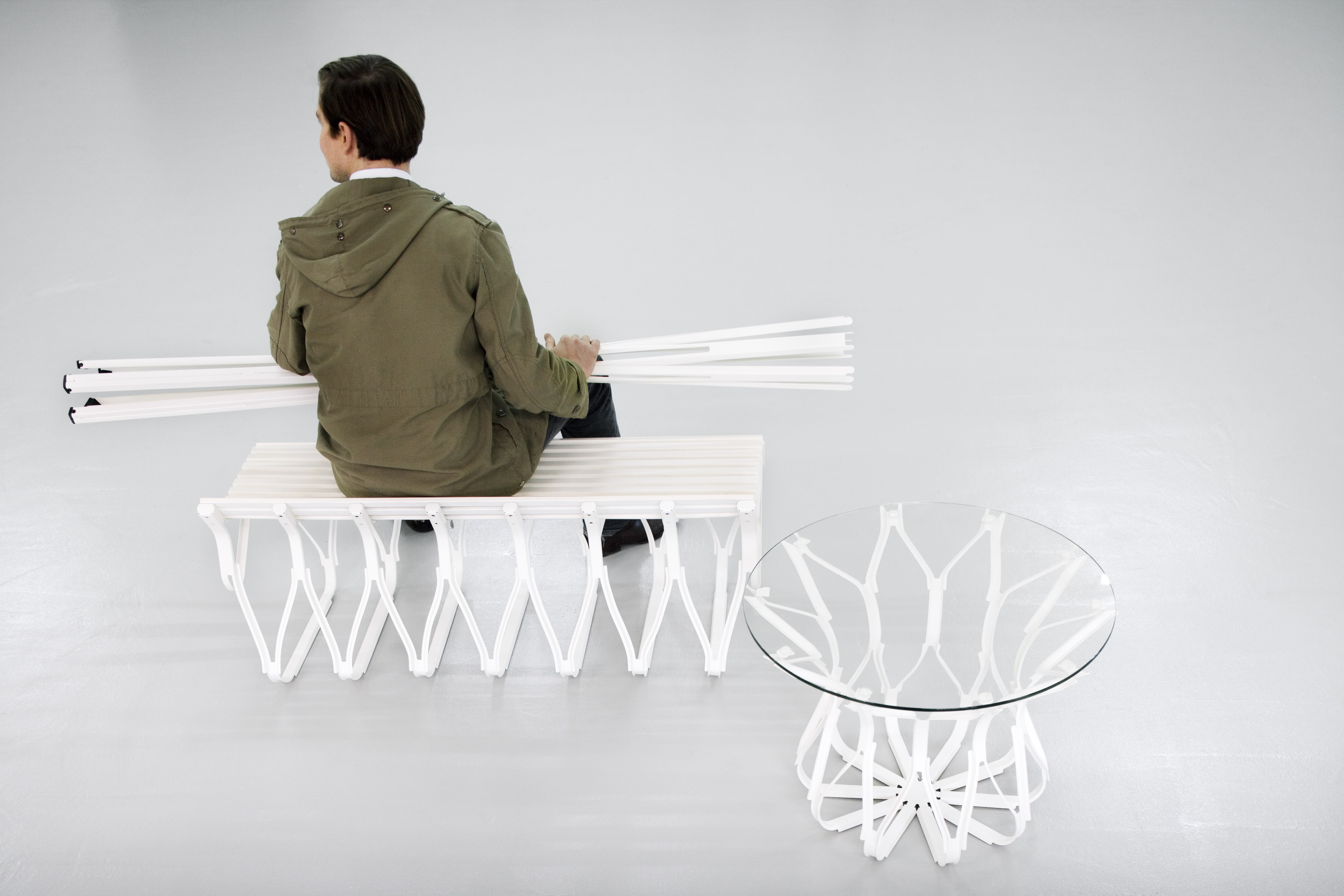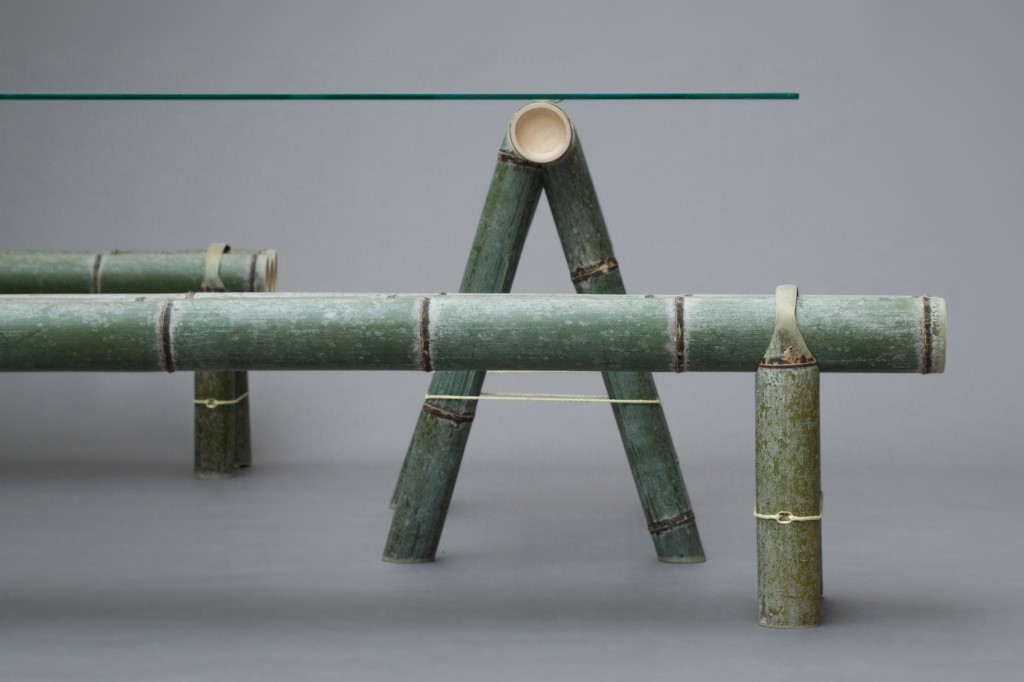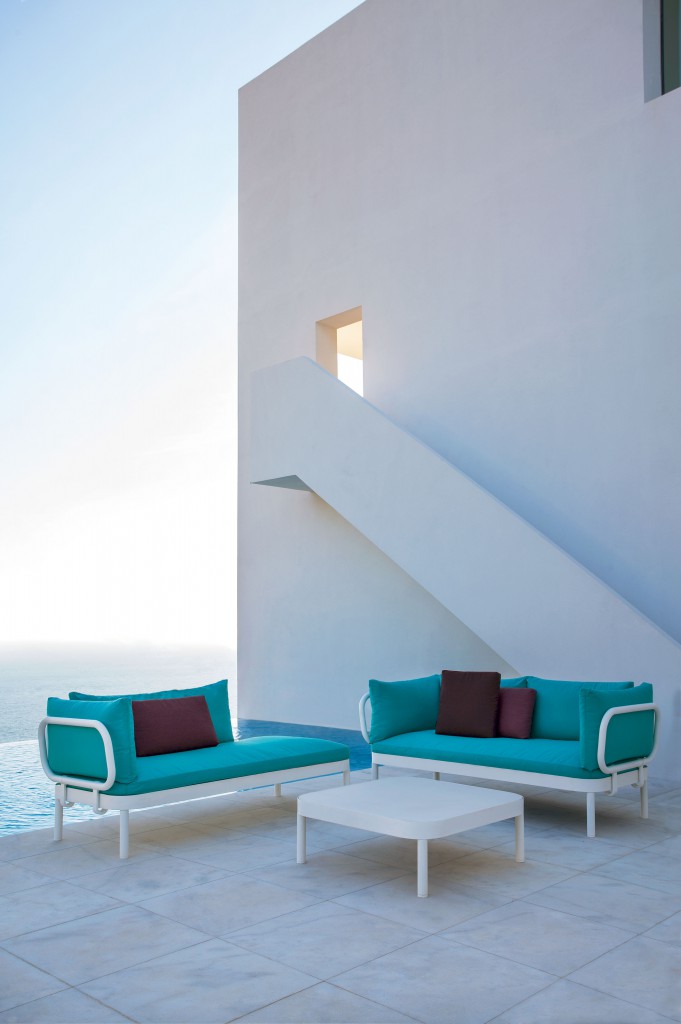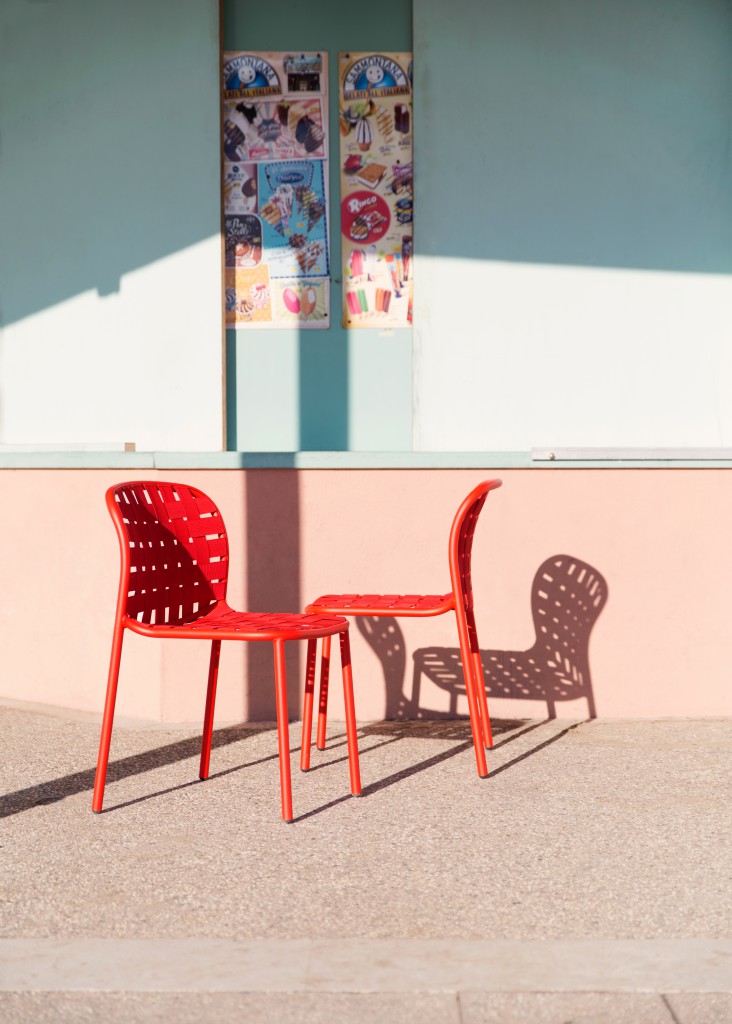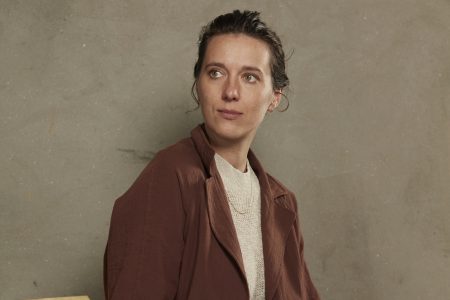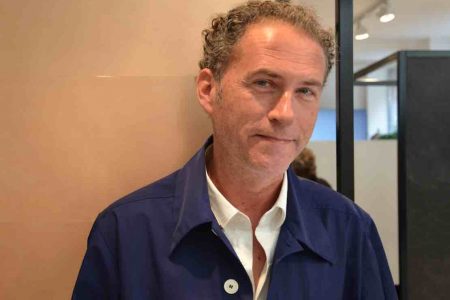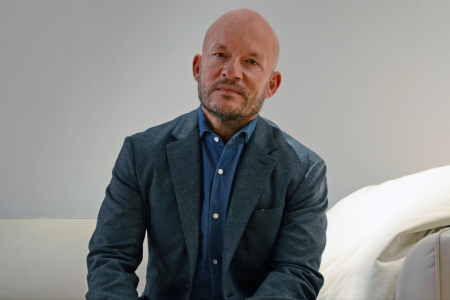Material Tendencies: Stefan Diez
Stefan Diez tells Anita Hackethal from Architonic about his love for aluminium, and other material concerns in industrial design.
As both the industrial designer and trained cabinet-maker, Stefan Diez’s concern with objects is based more than anything on how they are made. His approach to design is guided by a desire to process material as constructively and intelligently as possible.
Stefan Diez offered Architonic some insights into his role as designer in the creative process.
Anita Hackethal, Architonic: What role does material play in the design process?
Stefan Diez: Certain materials, such as sheet metal and plastic, can be processed industrially and are always particularly interesting when things are to be produced in large numbers. That’s possible with wood, but only on a more limited scale. While that may basically be a pragmatic argument, it can play an important role in the selection of material and the design process as a whole.
If I had to choose to work with one material, I’d pick aluminium. It is an unusually versatile material and well-suited for a wide range of processing methods. It can be die-cast or extruded, and when it is then coated with powder, it looks as if it had been produced from a single cast. One of our newest designs, the New Order shelf system for HAY, was probably the project in which we used by far the most aluminium. With the extrusion method, we were able to produce aluminium structures with lengths of up to two metres, coming out like on a pasta maker.
There are only very few, if any, alternative materials that offer production characteristics comparable to those of aluminium. Sheet metal, for instance, can be processed and folded industrially, but the process is relatively time-consuming. The industrial feasibility of a given process is a crucial factor, especially when working with a firm that plans to produce in large quantities. HAY is one of the few firms that are willing to invest in the tool in order to keep unit costs under control. That’s a purely objective reason for selecting this material. Another advantage offered by aluminium is its lightness. You can lift the Yard chair designed for Emu with your little finger, for example. It weighs practically nothing at all.
We also use aluminium for model construction in our metal workshop in the studio. The truly fantastic thing about aluminium is the incredibly diverse range of surface treatments that can be used. You can create mirror surfaces, for example, and it still looks like metal even when you apply a coloured coating.
Metal offers a certain degree of versatility that can be replicated industrially. That will be increasingly important for us, of course, as we are intent on remaining industrial designers rather than becoming manual craftsmen. I think that has been misunderstood by many companies and by a lot of designers in recent years. People have completely ignored the fact that production quantities have a decisive impact on whether the product will ultimately earn money. The designer invests his time in the design and the process, the manufacturer invests in the tool and the result is a joint project. In a certain sense then, the designer holds ‘shares’ in that company.
AH: Is it advantageous for a designer to specialise in a single material?
SD: The experience gained from working with a given material also encourages designers in some cases to use it again at the next opportunity in order to reach the next level with what they have learned. Yet I believe that we actually progress much further by using different materials. We have also done a lot of projects with wood, steel and plastic.
AH: Is there a material with which you don’t have quite so much experience but would like to explore a bit further?
SD: Glass would be one. That’s relatively new for us. Although we’re working at the moment on a table with glass elements, I think there’s quite a lot more left to discover there. You can do wonderful things with glass, and we really haven’t explored the possibilities in great depth.
AH: Do you recall a project in which one material was planned but you eventually used a totally different one?
SD: One that occurs to me spontaneously is the DICE wardrobe programme for Schönbuch. Schönbuch originally wanted to do a wood project with us. So I tried to convert the extendable metal frame to wood. We produced a few amusing prototypes but finally had to admit that it was unrealistic to expect that the programme could be produced in series with wood. We ultimately opted for metal. Sometimes a round-about route takes you back to your supposed starting point, but you come to it with a different perspective, and that can be the beginning of a very nice project.
AH: Do environmental aspects play a role for you?
SD: That’s a matter that should really be a standard part of the designer’s repertoire. I don’t think there’s any other answer to that question but ‘yes’ today. You’re usually in pretty good shape with metal. The energy costs for production are high but metal is extremely durable and metal recycling consumes relatively little energy. Numerous factors are involved in determining whether a product is environmentally friendly or not, and durability is one of the most important. Sure, the cost of producing a plastic bag is very low, but when a leather bag lasts thirty years and a plastic sack only two days, there’s really no comparison. The life cycle needs to be considered. In the case of the New Order shelf system, we were very concerned with flexibility – with ensuring that the product could be easily adapted to different situations and would thus remain in use longer. Unfortunately, durable products are sometimes unattractive from the standpoint of sales. Producing a truly environmentally safe product is an incredibly complicated matter. It involves much more than simply selecting the right materials, although that is one important aspect, of course.
AH: Have you identified certain trends in materials?
SD: I would say that a great deal of pure material has been used in recent years – in other words, that coating, laminating and other finishing techniques have become less common. Today, metal surfaces that are simply polished, like stainless steel, copper, bronze and brass, etc, are old hat. Everyone wants a natural look – either natural wood or oiled wood, and if it’s varnished, then with a varnish that is nearly invisible. We now have varnishes that exhibit the same tactile characteristics as untreated wood. This trend has been in progress for the past several years and I expect it to last for a while. Otherwise, there’s nothing new in sight. I think it’s quite a good trend, to be honest.’
This article originally appeared on Architonic, where TLMag presents articles in French and English.
